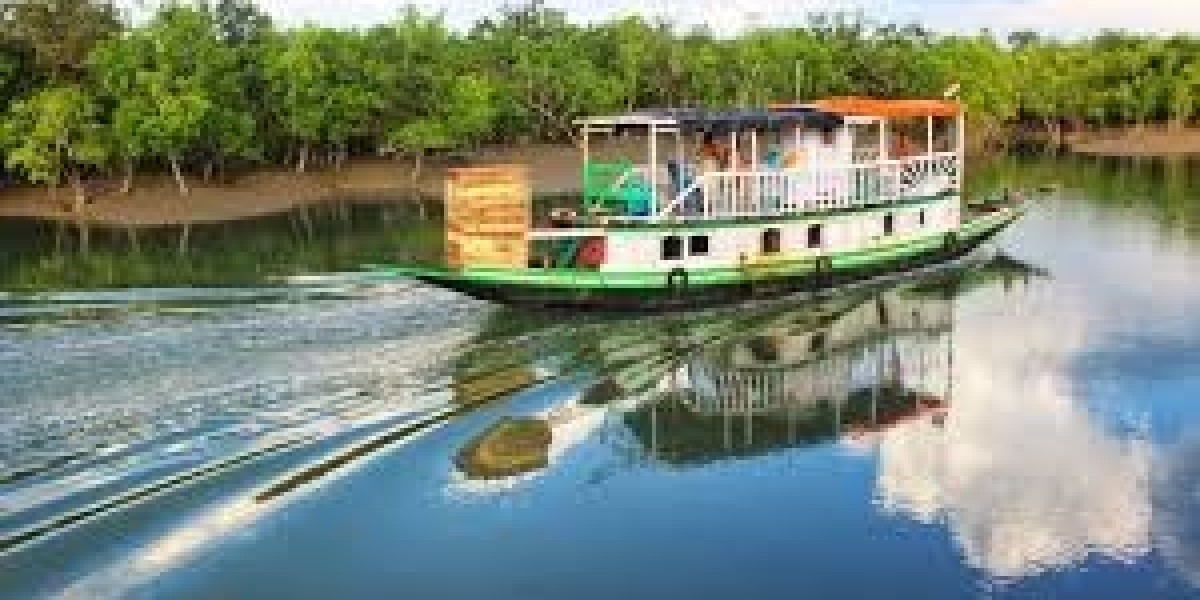There are many beautiful treks hidden in the Himalayas but there are only a few that are like The Gaumukh Tapovan Trek. This stunning trek takes you to a place that is not just a hidden treasure of natural beauty but also a place that has played a very important role in the Culture and History of India. This adventure takes you to the very source of the holy Ganges River—Gaumukh, meaning "Cow's Mouth." The trail also leads to Tapovan, a serene high-altitude meadow at the foot of Mount Shivling, offering unparalleled views of towering Himalayan peaks like Bhagirathi, Meru, and the majestic Shivling itself.
To witness the beauty of the Gaumukh Tapovan Trek in its full glory, it is very important to choose the right time to visit this stunning trek. The seasons not only affect the landscape and weather but also determine the overall difficulty and safety of your journey.
Let’s take a closer look at the best times to undertake this incredible adventure and what you can expect during each season:
Best Time for Gaumukh Tapovan Trek – A Detailed Look at Each Season
The Gaumukh Tapovan Trek, also known as the Gomukh Tapovan Trek, reaches an altitude of over 14,600 feet and is deeply revered for its natural beauty and spiritual significance. Each trekking season brings a unique flavor to the journey, influencing everything from trail conditions to mountain views. Here's a closer look at each season to help you plan the perfect trek.
Summer Season (Mid-May to Late June)
Why It’s a Great Time:
This is when the Himalayas emerge from winter, offering clear trails, mild temperatures, and snow-covered peaks. It's the most popular time for the Gaumukh Tapovan Trekking route.
Weather Conditions:
Daytime: 10°C to 15°C
Night: Around 0°C or slightly below
Skies are generally clear, with occasional cloud buildup in the afternoons
What You’ll See:
Melting glaciers and strong river currents near the Bhagirathi River
Blooming alpine flowers around Chirbasa and Bhojbasa
Spectacular views of Mount Shivling, Bhagirathi peaks, and Meru
Lively trail environment with other trekkers and a bustling atmosphere
Trek Difficulty:
Moderate to challenging, especially near the glacier and Tapovan
Snow patches may still exist, especially in early May
Crowd Factor:
High, especially around late May and early June
Ideal for beginners and group trekkers who don’t mind company on the trail
Tips:
Start treks early each morning to avoid cloud buildup later in the day
Carry high-SPF sunscreen, sunglasses, and hydration packs
Autumn Season (Early September to Mid-October)
Why It’s a Great Time:
After the monsoon, the air is clean and the skies are clearer than any other time of the year. It's perfect for those looking for crisp visuals and peaceful surroundings.
Weather Conditions:
Daytime: 8°C to 12°C
Night: Can drop to -5°C or lower at higher camps
Skies remain clear for most of the day, with chilly winds in the evenings
What You’ll See:
Vibrant landscapes and golden meadows in Tapovan
Crystal-clear views of all the surrounding Himalayan peaks
Quieter trails with fewer trekkers
Heightened chances of spotting wildlife due to reduced human activity
Trek Difficulty:
Slightly more demanding due to colder nights and shorter daylight
Requires layering and better acclimatization strategy
Crowd Factor:
Moderate to low
Ideal for experienced trekkers and those seeking solitude
Tips:
Carry warm gear, including gloves, thermal layers, and insulated sleeping bags
Be prepared for unexpected weather shifts or early snowfall
Monsoon Season (July to August) – Not Recommended
Why to Avoid:
Heavy rainfall increases risk of landslides and flash floods
Poor visibility and frequent trail washouts
Slippery paths and dangerous river crossings
National park authorities often restrict trekking permits during this time
If you’re trekking during this season, be aware that many agencies avoid operating during these months for safety reasons.
Winter Season (Late October to April) – Closed
Why It’s Inaccessible:
The region receives heavy snowfall, making trails impassable
The Gangotri National Park closes the route to Gaumukh and Tapovan
Temperatures plunge below -15°C, especially at night
Only possible for extreme winter expeditions with mountaineering expertise and permits
This period is not suitable for standard trekking and is not recommended for most travelers.
Why a Guide Is Essential for Gaumukh Trek
Gaumukh Tapovan Trek is not the most technically or the most challenging trek in the Himalayas, but the trek takes you to a place with unpredictable weather, high-altitude terrain and glacier sections. Here’s why having a certified guide can significantly enhance your experience.
Safety First
A local guide knows the terrain and understands the precautions and the risks involved in walking the mountain trail. From river crossings to identifying safe camping spots, a local guide will help you all along the way. In high altitude zones there is also the risk of AMS i.e Acute Mountain Sickness, to prevent this a guide monitors your health and pace to avoid complications.
Navigating The Glacier
The Trek to Gaumukh Tapovan takes you through a variety of terrains; from lush green forests to alpine meadows, amongst these terrains the most challenging is the Glacial section. The Gangotri Glacier, a constantly shifting body of ice, rock, and debris. A guide is trained to navigate these tricky sections and ensures that you take the safest possible route.
Local Knowledge and Culture
The Trek to Gaumukh and Tapovan is filled with locations that bring rich incites about culture and mythology along with this the trek is also home to various flora and fauna that is unique to the region. To identify and to know more about the landmarks and locations along the way, a local guide is very much needed. Local stories and knowledge adds a whole new dimension to the trek.
Support for Sustainable Tourism
Hiring local guides supports the regional economy and promotes responsible, eco-friendly travel. Many are part of sustainable tourism initiatives that aim to protect the fragile Himalayan ecosystem.
Final Thoughts
Gaumukh Tapovan Trek is not just a Himalayan trek—it is a spiritual and cultural experience. The trail leads to the origin of the holy River Ganga, a river that has shaped Indian civilization for millennia. This journey is a rare opportunity to connect with the rich and ancient culture of India. To make the most of this transformative experience, consider trekking with Himalayan Daredevils, where expert guides not only ensure your safety but also share deep insights into the spiritual and historical significance of every step.






